There are 20 Space Marine Legions in Warhammer 40K, with two being unknown. The canon is fluid and dates back to the magazines and books released in the 80’s—so it’s hard to verify when exactly each Legion was first mentioned, but thanks to dedicated fans, we have some idea.
All Space Marine Legions in Warhammer 40K
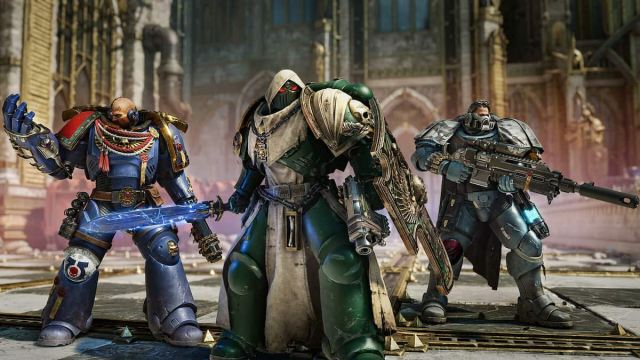
The Legions, once called Legiones Astartes, were created by the Emperor of Mankind to conquer the galaxy on multiple fronts. They were each led by a Primarch—the genetically engineered children of the Emperor with superhuman abilities far surpassing the Space Marines in their Legion—and each also had a different specialty.
There were 20 Legions, but at some point during the Great Crusade period of 40K lore, two of the Legions were completely erased from history and no one knows anything about them. As the Great Crusade ended and the Horus Heresy started, nine Legions joined Warmaster Horus to serve Chaos and were considered traitors. The Horus Heresy is probably the most famous event 40K lore revolved around, and the Emperor eventually prevailed against the wayward Primarchs and their Legions. Since then, the Legions have been separated into Loyalists and Traitors according to which side of the Horus Heresy each Legion joined.
Here are all the Space Marine Legions in Warhammer 40K, their Primarch, and allegiance.
| Legion number | Legion | Primarch | Allegiance |
|---|---|---|---|
| I | Dark Angels | Lion El’Jonson | Loyalist |
| II | Unknown | Unknown | Unknown |
| III | Emperor’s Children | Fulgrim | Traitor |
| IV | Iron Warriors | Perturabo | Traitor |
| V | White Scars | Jaghatai Khan | Loyalist |
| VI | Space Wolves | Leman Russ | Loyalist |
| VII | Imperial Fists | Rogal Dorn | Loyalist |
| VIII | Night Lords | Konrad Curze | Traitor |
| IX | Blood Angels | Sanguinius | Loyalist |
| X | Iron Hands | Ferrus Manus | Loyalist |
| XI | Unknown | Unknown | Unknown |
| XII | World Eaters | Angron | Traitor |
| XIII | Ultramarines | Roboute Guilliman | Loyalist |
| XIV | Death Guard | Mortarion | Traitor |
| XV | Thousand Sons | Magnus the Red | Traitor |
| XVI | Black Legion | Horus Lupercal | Traitor |
| XVII | Word Bearers | Lorgar | Traitor |
| XVIII | Salamanders | Vulkan | Loyalist |
| XIX | Raven Guard | Corvus Corax | Loyalist |
| XX | Alpha Legion | Alpharius and Omegon | Traitor |
All Space Marine Legions in order of release in Warhammer 40K
It’s hard to determine when each Legion was first introduced in Warhammer 40K because of the vast amount of content distributed in magazines and books that date back to 1987; however, a very dedicated fan posted on Reddit what edition each Legion appeared first.
Here’s what Vromikos cataloged as the order of appearance for the Space Marine Legions in Warhammer 40K:
| Legion mentioned | Year | Source |
|---|---|---|
| – Dark Angels – White Scars (as “Whitescars”) – Space Wolves (as “Spacewolves”) | 1987 | White Dwarf No. 93 |
| – Ultramarines | 1987 | White Dwarf No. 94 |
| – Blood Angels – Iron Hands | 1987 | Warhammer 40,000: Rogue Trader |
| – Salamanders | 1988 | White Dwarf No. 101 |
| – Emperor’s Children – World Eaters (as “Worldeaters”) | 1988 | White Dwarf No. 104 |
| – Iron Warriors – Imperial Fists – Death Guard (as “Death Guards”) – Thousand Sons – Black Legion – Alpha Legion | 1988 | Realm of Chaos: Slaves to Darkness |
| – Word Bearers | 1989 | White Dwarf No. 110 |
| – Night Lords | 1990 | Realm of Chaos: The Lost and the Damned |
| – Raven Guard | 1993 | Most likely in the second edition Codex |
Warhammer 40K fans also said that the Legions were first mentioned only by their numbers before receiving their name in the magazines and books from the list above. The whole story behind each Legion was published in parts as the game magazines were released and were later unified in the Codex’s editions. Since then, those stories have been refined and continued as the game has progressed and spread to different forms of media—like Space Marine 2.


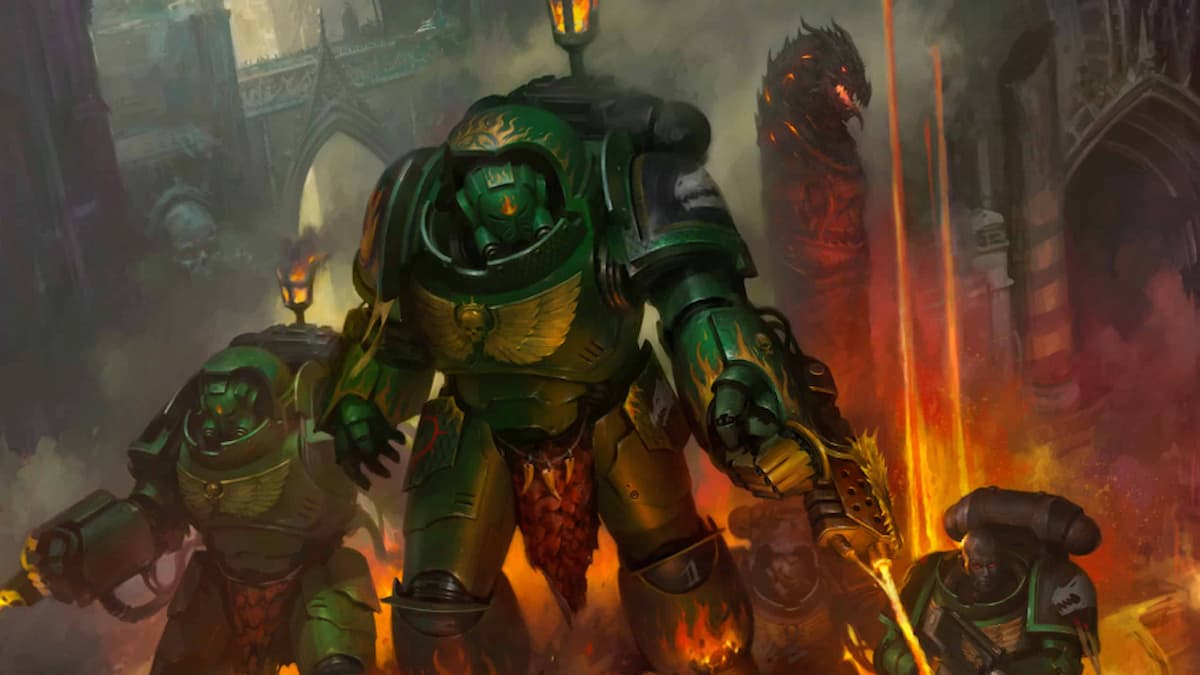
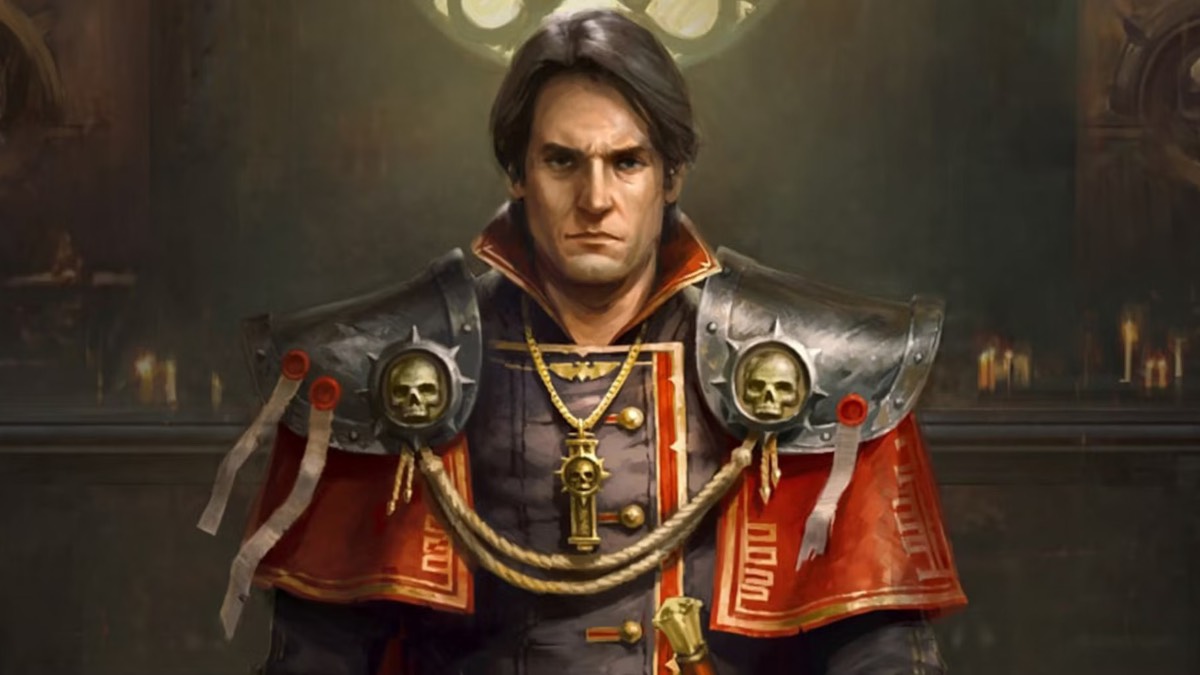
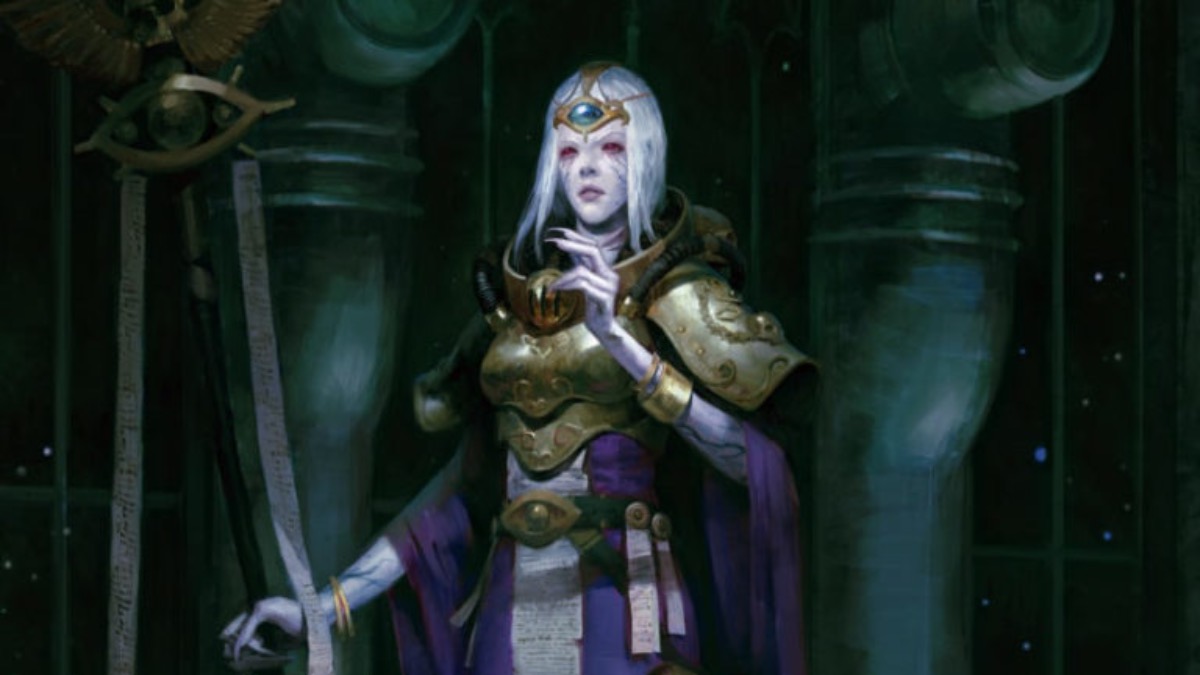
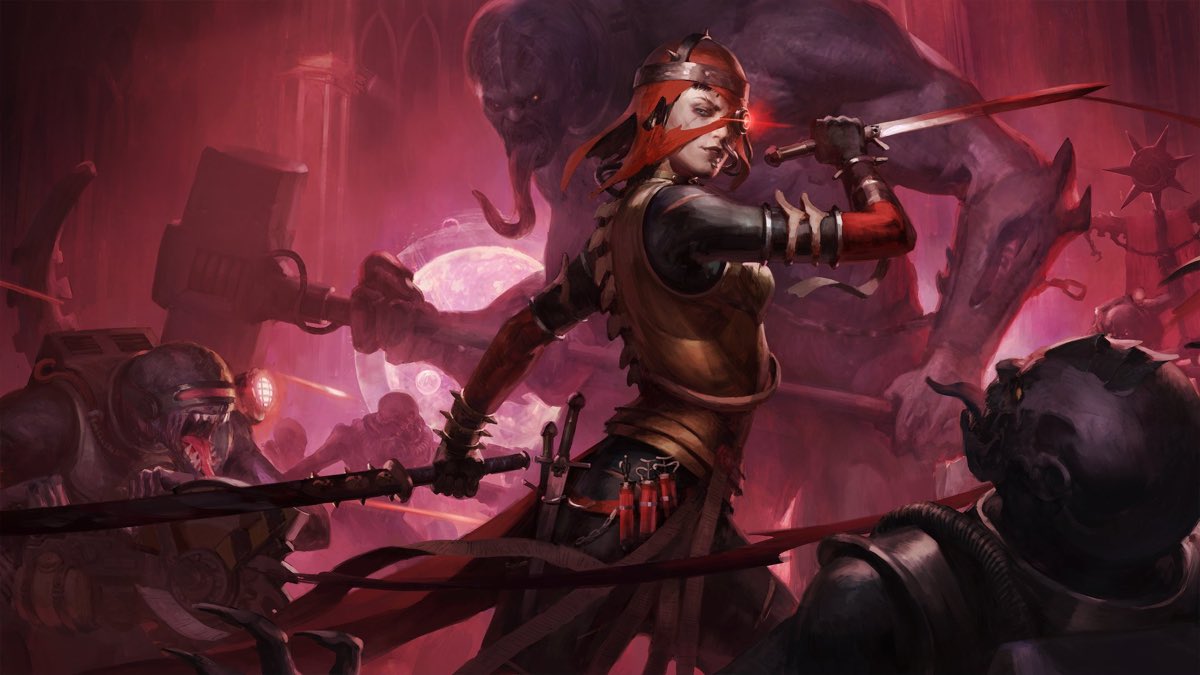
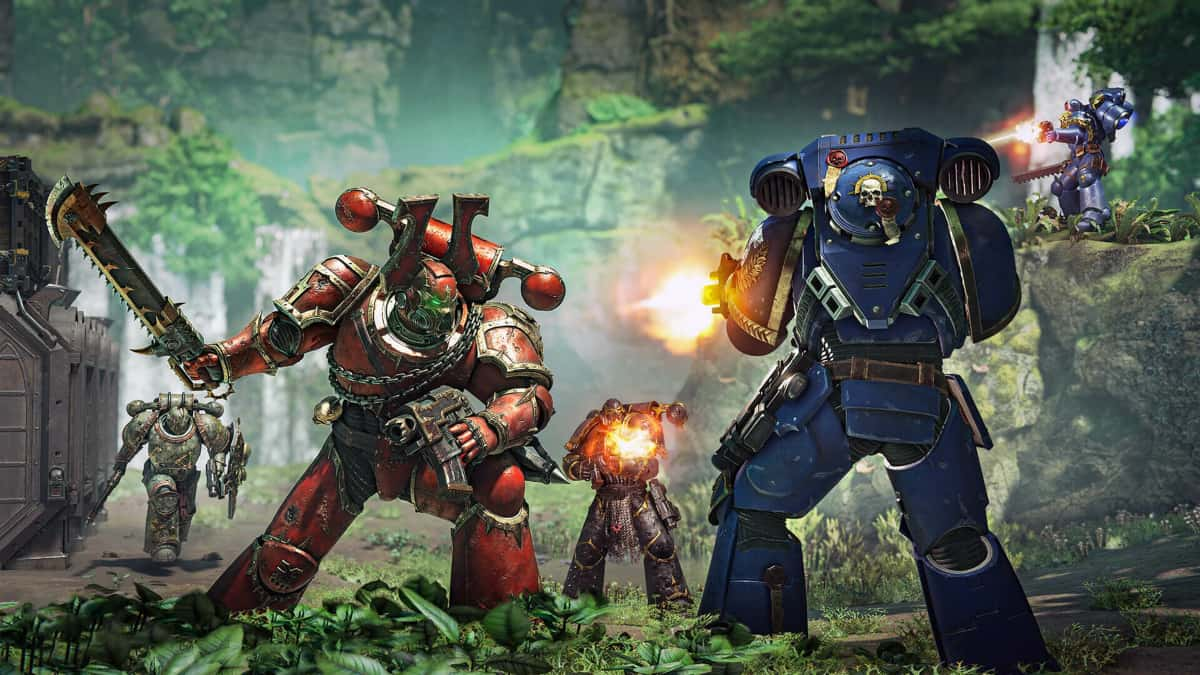

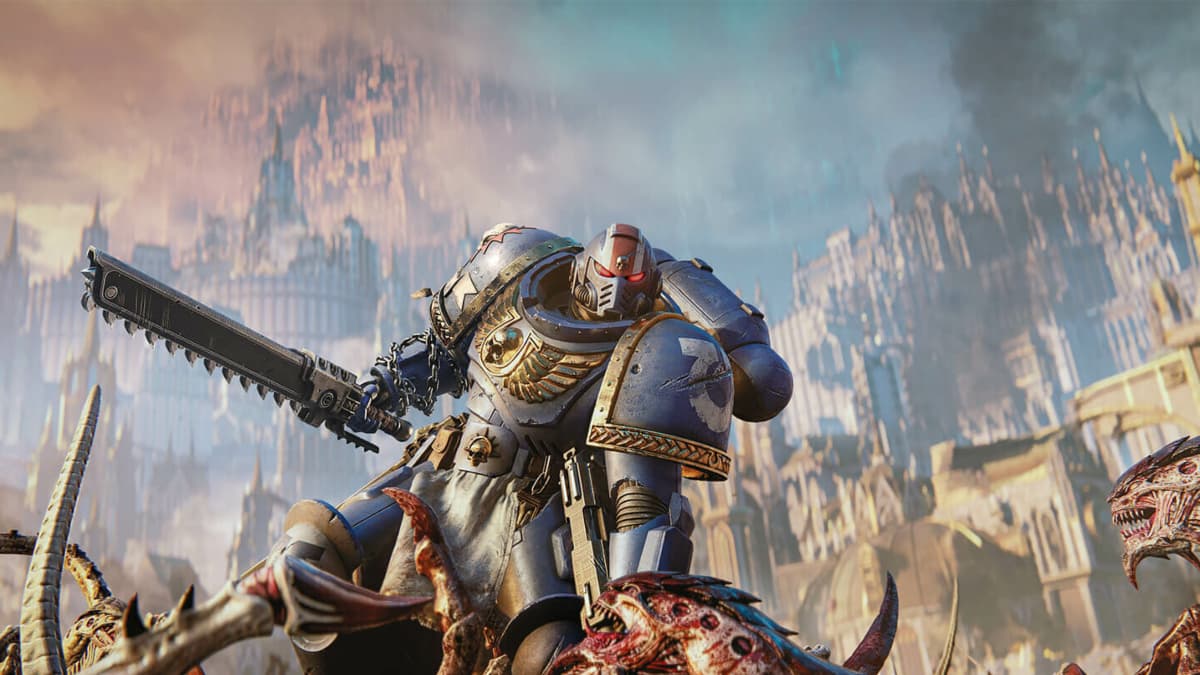
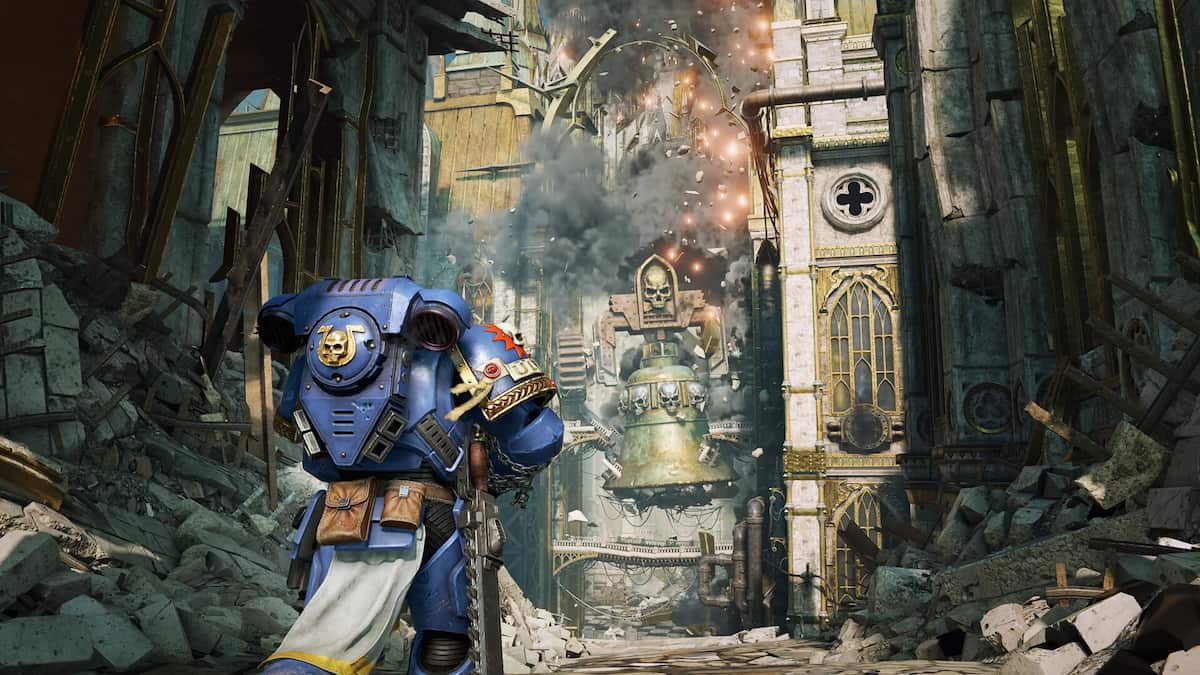
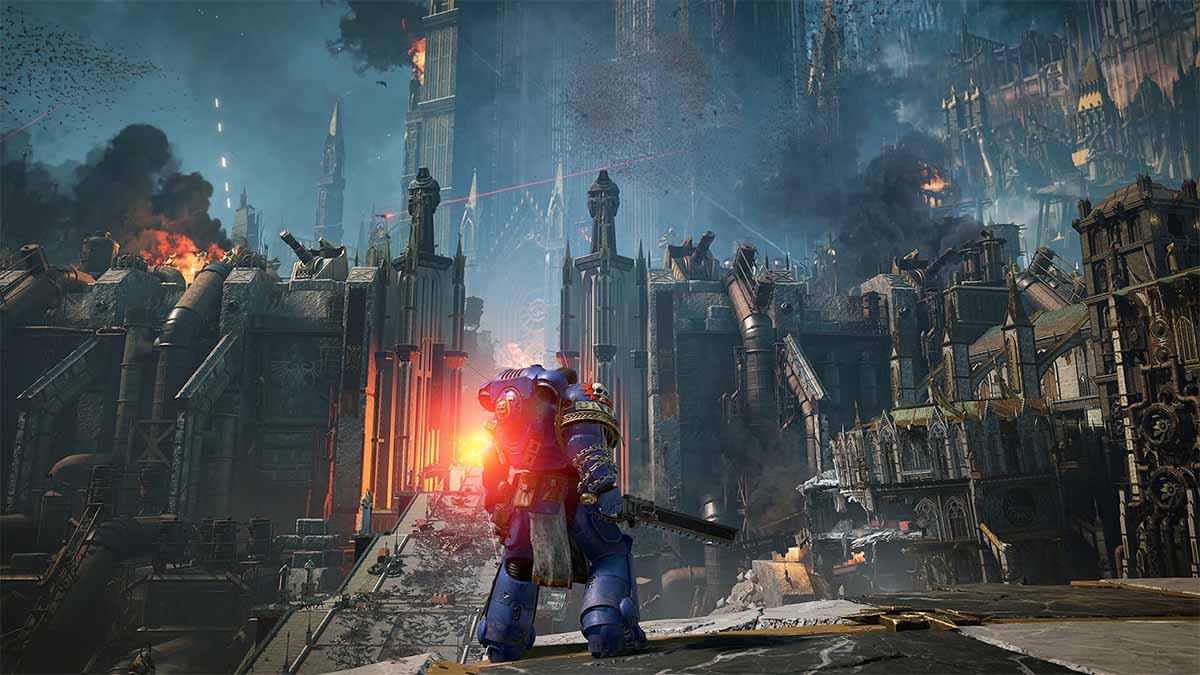
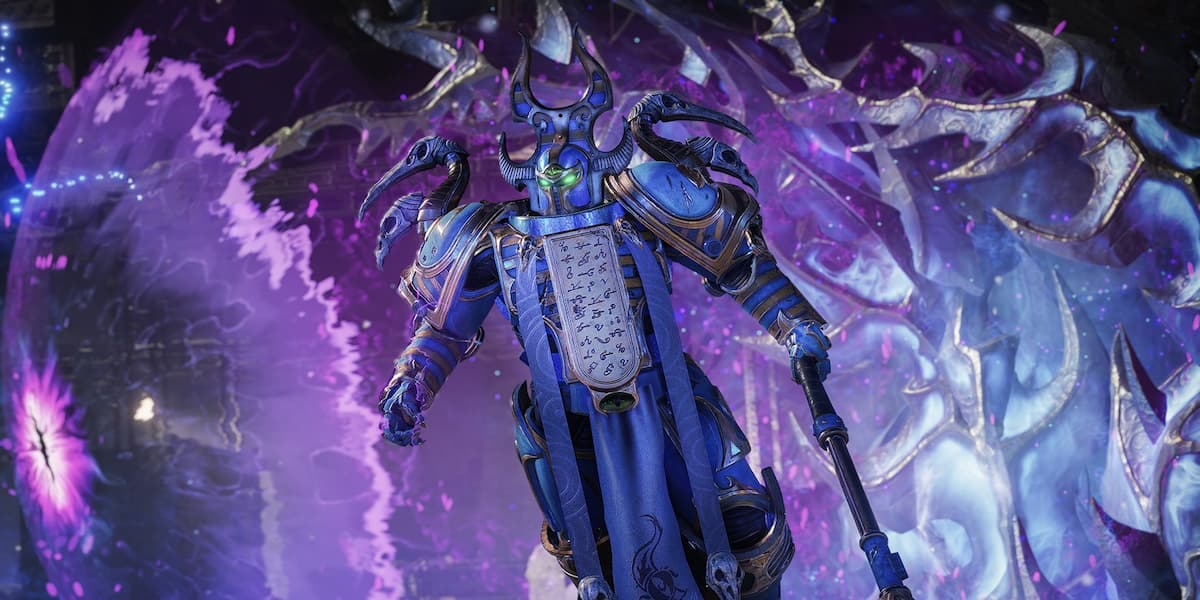
Published: Oct 10, 2024 05:57 pm